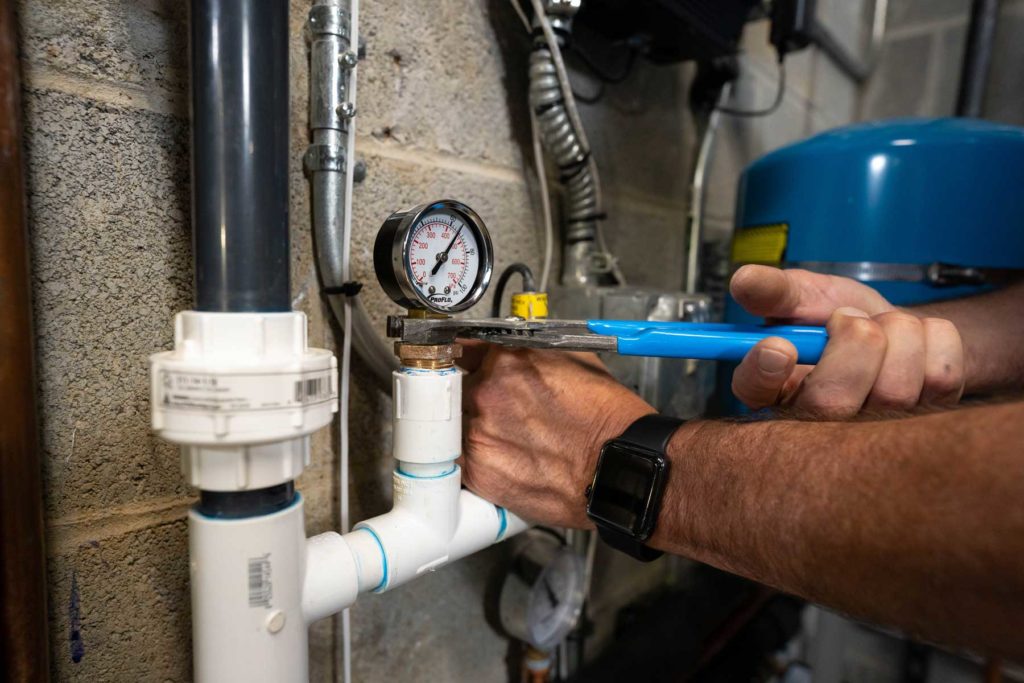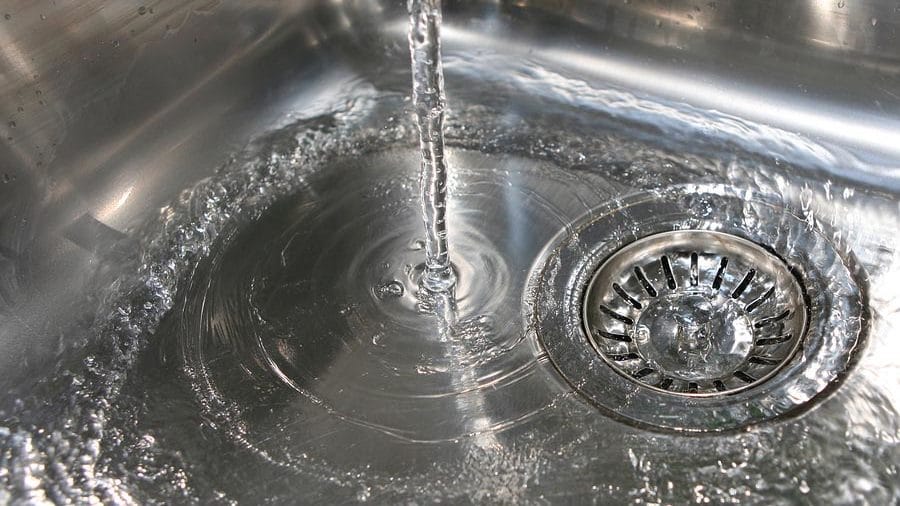
Blue Planet Plumbing can diagnose and resolve home water pressure issues.
The Asheville area is known for high-pressure water issues that can damage your plumbing system and appliances. Make an appointment today to have your water pressure assessed. Keep reading to learn more about the water pressure challenges we service.
Schedule Your Appointment Online
We make it easy. Just click the button and follow the steps!
About Asheville City Water Supply and Your Home Water Pressure
For a city water system, Asheville’s water supply is unique because the reservoir is located at a very high elevation. Higher elevation creates greater pressure since the water is traveling downwards, which leads to high head pressures in the city of Asheville and surrounding areas.
Asheville area high-water pressure can reach over 300 psi (pounds per square inch) in some areas but averages 180 psi city-wide. To put that in perspective, national averages for residential water pressure tend to range between 45 and 80 psi.

Water Pressure Too High
Your plumbing system should never be exposed to water pressure higher than 80 psi according to the plumbing code. Water expands and creates more pressure when heated, which is called thermal expansion. Thermal expansion and high incoming water pressure can create pressures exceeding 250 psi if the pressure control system is not working properly. Over time, too high water pressure can damage your fixtures, pipes, water heater, and appliances and ultimately cause premature or complete failure. Additionally, high water pressure often voids equipment warranties.
High water pressure issues are the most common water pressure issues we see in our area.
Signs of High Water Pressure or a Faulty Pressure-Reducing Valve (PRV)
- Unusually high water bills
- A burst of water when you turn on a faucet
- Plumbing that seems to be noisier than usual
- Banging pipes
- Constantly running toilets
- Intermittently dripping relief valves on water heaters
- Wet spots that come and go on floors around water heaters
How to Lower Water Pressure
ALL homes on our Asheville city water supply MUST have at least one pressure-reducing valve (PRV) to protect from over-pressurization. PRVs are generally good for 1-3 years. They should be tested annually by a licensed plumber to ensure proper functioning. We recommend installing a pressure gauge downstream in order to monitor the valve’s function.
Water Pressure Too Low
Low water pressure is typically a more obvious water pressure challenge, as it can disrupt and frustrate your regular household activities like showers, dishes, laundry, etc.
Top Causes for Low Water Pressure
- Clogged pipes – a build-up of sediments or minerals from hard water can cause a blockage that results in low water pressure.
- Leaks – a main service line pipe or fitting leak could reduce water pressure. There may even be a leak on the Asheville city side or in the meter box.
Water Pressure Solutions
If you suspect your home may have high water pressure, it’s important to get it checked out by a professional plumber sooner than later. Having high water pressure is similar to having high blood pressure. If you don’t get tested by a professional, you can go for years without knowing anything is wrong. But once the pipes or blood vessels start showing signs of stress, it may be too late to prevent damage.
Sometimes fixing low water pressure or high water pressure is as simple as repairing or replacing the pressure-reducing valve.
Our professional Asheville plumbers can assess your home’s water pressure and determine the appropriate next steps.
We also offer Flood Safe protection devices that will shut off the water in your home in the event of a leak or flood. The Flood Safe System then notifies you and your plumber. ASK for details when you make your appointment.

Why Choose
Blue Planet Plumbers
Our business operates on three core principles: quality work, extreme precision, and unmatched accountability.
Added benefits:
- Every job is a fixed rate
- No surprises
- Respect for your home, family, and the environment
- Multiple payment plans including low-APR financing
- Decades of experience working on historic home plumbing systems
Never dread calling a plumber again.
Blue Planet Plumbing will show up for you – every time.











